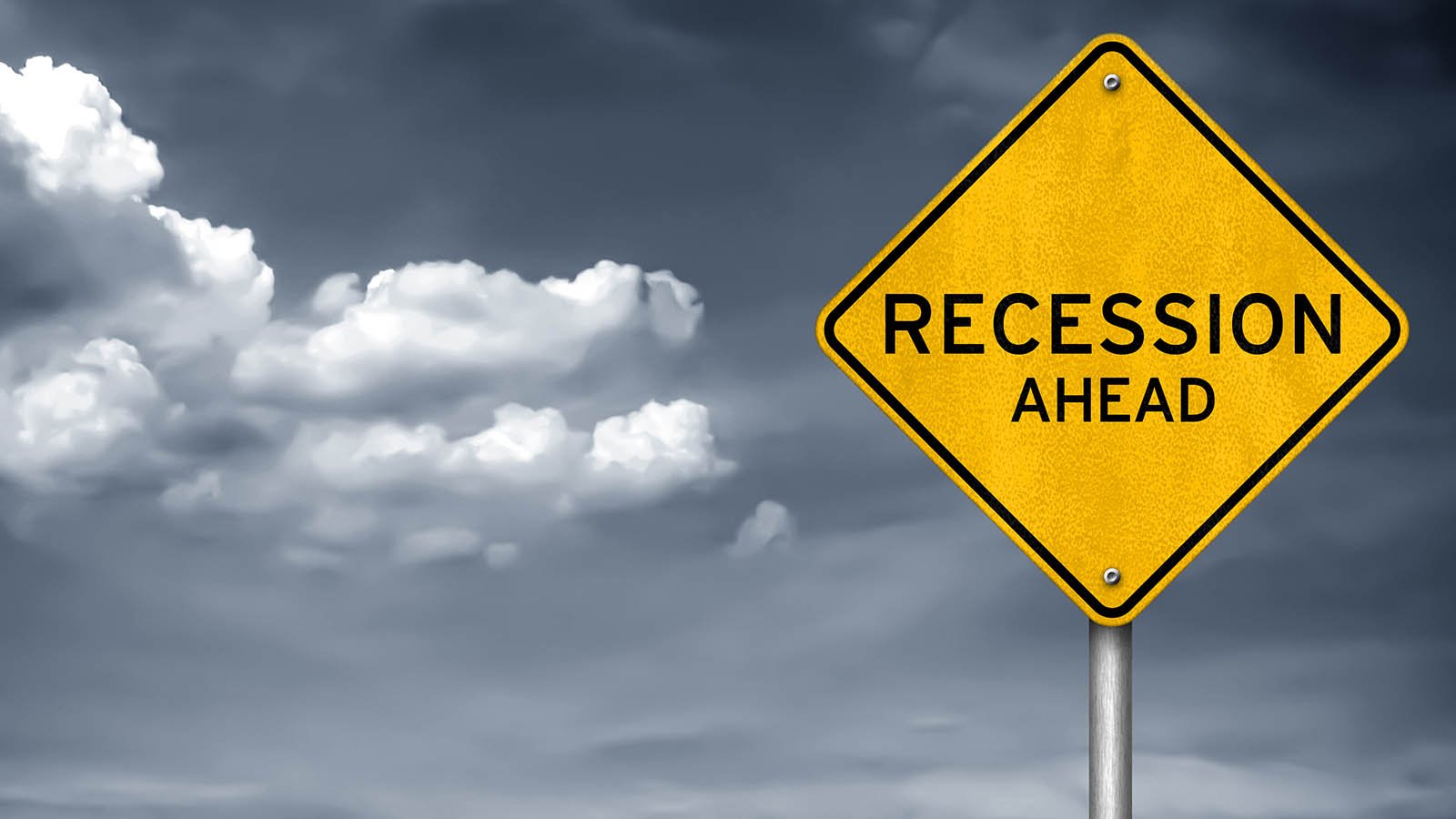- McDonald’s Corp (NYSE:MCD) — People eat fast food in a recession; pays a 2.21% yield with good dividend growth
- Target (NYSE:TGT) — a growing retailer with good cash flow; pays a stable dividend with a 1.49% yield
- Walmart (NYSE:WMT) — A discount retailer attractive to buyers, with a 1.43% yield, and a growing dividend
- The Proctor and Gamble Co. (NYSE:PG) — A well-recognized consumer brand name with a 2.27% yield and a stable growing dividend
- AbbVie (NYSE:ABBV) — A cheap pharmaceutical company with a 3.64% yield and consistent dividend growth
- Amgen (NASDAQ: AMGN) — A cheap biotech that now produces good cash flow, a 3.1% yield, and good dividend growth
- NRG Energy (NYSE: NRG) — A Houston-based integrated power company with a 3.69% yield and growing dividends
These seven recession stocks should do well in an economic slowdown. These stocks tend to do well as they have good brand names, pay dividends and are focused on consumer staples, healthcare, utilities or the retail sectors.
It turns out that Americans will still use brand names, buy groceries and clothes, get healthcare services and pay their utilities during a recession. These types of stocks tend to do well in economic slowdowns, especially since many investors will flock to them as safer investments.
Moreover, those that pay dividends, which these seven recession stocks all do, tend to stay very stable.
One reason is that short sellers won’t bother trying to bet against these kinds of stocks. This is especially the case with those that have higher and more stable yields. Why? Because short sellers must pay out the dividends or cover their short position prior to the ex-date.
| MCD | McDonald’s Corporation | $252.88 |
| TGT | Target Corporation | $241.66 |
| WMT | Walmart Inc. | $156.94 |
| PG | The Procter & Gamble Company | $162.55 |
| ABBV | AbbVie Inc. | $156.30 |
| AMGN | Amgen Inc. | $252.17 |
| NRG | NRG Energy Inc. | $37.61 |
Let’s dive in and look at these stocks.
Recession Stocks: McDonald’s Corporation (MCD)
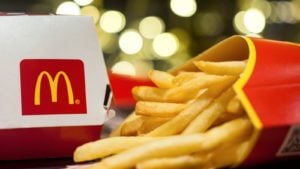
Market Capitalization: $189 billion
Everyone eats fast food, even if they won’t admit it. McDonald’s tends to hold up very well during recessions and economic slowdowns as a result. The stock trades on a forward price-to-earnings (P/E) of about 25 times, as well as offering a 2.21% dividend yield. So it is actually good value here today.
This is also consistent with its historical P/E, as Morningstar reports that its five-year average multiple is 24.7x. This is the same with its dividend yield where the five-year average is 2.33%. More importantly, McDonald’s has a very consistent history of raising its dividend after every four quarters.
Despite losing $50 million a month in Russia, McDonald’s should still produce significant positive free cash flow in 2022. I estimated in a recent article this won’t be more than about 8% of its $7.5 billion in free cash flow (FCF) this year. In addition, McDonald’s will likely continue both its share buyback program and the likely increase in its dividend after the next two payments.
Target Corporation (TGT)

Market Cap: $111.74 billion
The theory here is that people will still buy groceries, clothes and cheap items at fashionable discount stores like Target even during a recession. This is exactly what happened during the Covid-19 crisis in 2020. In fiscal 2021, reported last month, comparable sales grew 12.7%, on top of 19.3% in 2020. A strong fourth quarter saw 8.9% comp sales growth on top of 20.5% in the previous year’s period.
Target is a popular discount retailer that trades at a reasonable multiple and has a 1.49% dividend yield. Moreover, the company is solidly profitable and trades for just 16x forward earnings. (This is based on the Yahoo! Finance stats page, which uses Refinitiv analyst survey data.)
Moreover, Target has a robust buyback program which will help push the stock higher. Last year it bought back $7.36 billion worth of its stock. That represents 6.37% of its existing market cap, and a higher portion of its average market cap during the year. That provides additional returns to shareholders since it allows the company to raise its dividend per share with no extra cost. The buying pressure it provides also helps keep short-sellers away, as only 2.56% of its shares’ float is short now.
Recession Stocks: Walmart Inc. (WMT)

Market Cap: $439 billion
Walmart is known as a bargain-basement discount retailer, which is exactly what shoppers want during an economic downturn. Moreover, WMT stock trades at a reasonable valuation, about 23 times forward earnings and a 1.43% dividend yield. This is consistent with its average P/E of about 22x for the past five years and a 1.91% yield (1.41% in the last 12 months).
The fact is Walmart is an earnings and FCF powerhouse. Last year (ended January 2022), sales rose 2.4% to $572.75 billion and its net income rose 1.2% to $13.67 billion. This gives it a 2.38% net income margin. Most of that net income converted into FCF, as it produced $11.08 billion in FCF last year. This works out to an FCF margin of 1.93%. As a result, given that analysts forecast revenue this year of almost $600 billion (i.e., $590.4 billion), it could make up to $11.5 billion in FCF.
This will give investors a lot of comfort during an economic downturn. For example, the dividends it pays out cost just $6.15 billion last year. This is only about 53% of its forecast FCF this year, giving it plenty of room to keep raising the dividend over time. Moreover, given that it is buying back $10 billion of its shares over the next two years, WMT stock should continue to do well even during a recession.
The Procter & Gamble Company (PG)
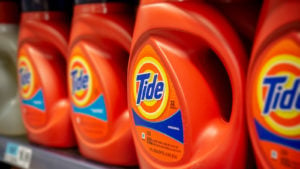
Market Cap: $393 billion
Proctor & Gamble is a consumer staples brand name product company with a reasonable valuation, trading at 26 times forward earnings and with a 2.27% dividend yield. Some of its popular brand names are Head & Shoulders, Herbal Essences, Tide, Bounty, Oral-B, and others in the beauty, personal grooming, healthcare, home, baby, and feminine product sectors.
On April 20, P&G released its fiscal Q3 for the quarter ending March 31 showing sales rose 7% year-over-year (YoY) and 10% on an “organic” basis. Moreover, the company’s slide deck shows that it is highly focused on producing free cash flow. It mentions “FCF” 15 times in the deck and produced $2.5 billion in FCF, which was 74% of its net income.
P&G has increased its dividend per share for the past 66 years. On top of that, Proctor and Gamble says it will buy back $10 billion of its shares (in 2022). That means it will use 100% of its FCF to buy back its stock. This works out to 2.54% of its market cap (i.e, $10 billion/$393 billion). As a result, the total yield investors (including its 2.27% dividend yield) is almost 5.0% (2.27% div yield plus 2.54% buyback yield = 4.8%). That should help PG stock do quite well during any kind of economic downturn.
Recession Stocks: AbbVie Inc. (ABBV)
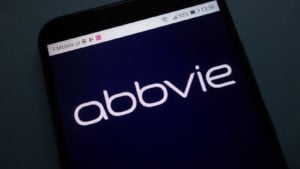
Market Cap: $277 billion
AbbVie is a profitable pharmaceutical company that has an attractive 3.64% dividend yield. It is best known for its Humira, a therapy administered as an injection for rheumatoid arthritis and Crohn’s disease, and other drugs like RINVOQ for severe active rheumatoid arthritis. The company has been consistently profitable, unrelated to economic cycles.
For example, last year its sales were up 22.7% and this year it forecasts earnings per share will rise 11% to between $14 and $14.20. At $154.99 as of April 22, that puts ABBV stock on a forward P/E of 11x. That is a very cheap multiple, given its consistent growth and its high dividend yield.
Morningstar reports that its average historical P/E has been over 25x, or twice its forward P/E today. In addition, historically the company has had a 4.5% dividend yield, which is higher than its present yield. But AbbVie usually raises its dividend after every four quarters, including a decision two quarters ago to boost the payout by 8.5%. So investors can expect this will occur even during a recession if that happens over the next year.
Last year the company produced $22 billion in FCF and paid out $9.26 billion in dividends. That leaves it plenty of room to pay higher dividends and buy back its shares. This makes ABBV stock one of the more secure stocks to own during a recession.
Amgen Inc. (AMGN)
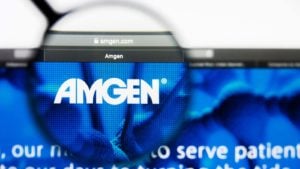
Market Cap: $136 billion
Amgen is a California-based biopharmaceutical that specializes in immunology, oncology, and blood disorders. Last year, generated $26 billion in total revenue and is forecast to produce $26.2 billion, as well as $27.4 billion next year. Moreover, analysts also forecast positive earnings, putting it on a forward P/E of 14 times. This is also consistent with its forward P/E average of 13.7 times over the last five years, according to Morningstar.
Amgen will report its Q1 results on April 27. But last quarter it produced $8.4 billion in free cash flow in 2021, including $2.5 billion in Q4 alone. Amgen is one of the growing numbers of companies that report their FCF figures, which can be seen on page 9 of its last earnings release. The Q4 number represents 10% of its revenue, which means that by 2023 it could be producing $2.74 billion in FCF.
This means that using an FCF yield metric of 1.5%, its target market could be $182.7 billion, or 34.3% higher than its market cap today of $136 billion. That implies that AMGN stock could rise at least a third over the next two years. The company’s strong dividends as well as its buybacks ($6 billion run rate in Q4) could push the stock much higher. No wonder analysts like this stock for the long run.
Recession Stocks: NRG Energy (NRG)

Market Cap: $9.2 billion
NRG Energy is a Houston-based integrated power company, bringing electricity and related products and services to 7 million customers, including its 2021 acquisition of Direct Energy. It is one of the largest U.S. independent power producers, with 16 gigawatts of nuclear, coal, gas, and oil power generation capacity primarily in Texas.
NRG stock is attractive to value investors as it offers a 3.69% dividend yield and a consistently growing dividend. Moreover, analysts forecast earnings per share of $3.47 this year. So, trading at $37.61 on April 25, NRG stock trades for just 10.83 times earnings. Next year, analysts forecast $4.27 EPS, putting NRG stock at just 8.7 forward earnings.
This is well below its historic forward P/E of 14.6x, according to Morningstar. So, even if consumers use less electricity in a slowdown, there is plenty of margin of safety in NRG stock. Moreover given that the company plans to buy back $1 billion of its share in 2022, that works out to a buyback yield of 10.9%.
On top of its 3.68% dividend yield, NRG has an attractive total yield of 14.6%. This should make it one of the best recession stocks on this list.
On the date of publication, Mark Hake did not hold (either directly or indirectly) any positions in the securities mentioned in this article. The opinions expressed in this article are those of the writer, subject to the InvestorPlace.com Publishing Guidelines.
